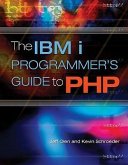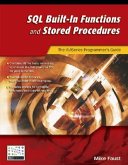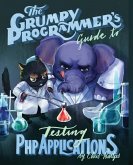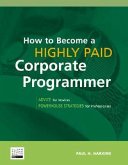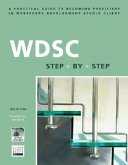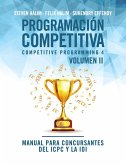Now you can stop wasting countless hours wading through IBM's technical manuals, looking for programming examples to show you how a technique really needs to be coded. This book and companion CD contain more than 70 prototypical techniques and coding examples that you can use and adapt for hundreds of applications. From system APIs to SQL, the material presented encompasses the most useful and powerful features of the AS/400. Far more valuable than just code samples, each example is accompanied by a thorough line-by-line explanation of the techniques employed. As a programming tool or as a learning aid, this book is the first place to look for practical, hands-on development assistance. If you have read and used the original AS/400 Programmer's Handbook, you know just how valuable a book like this can be. As in his original, author Mark McCall begins each section of Volume II with a thorough discussion of each topic, including how it fits into everyday application use. He then shows and explains several examples from real-life applications--code that's ready to run in your applications. He tells you what the example does and how it works, all in a programmer-to-programmer style that makes you feel as if you have a mentor sitting right beside you. Designed to work as a functional programming tool, each example is presented as a self-contained instrument, allowing you to get in, get the information you need, and get on with business. When you have completed this book, you will know: 5 modular coding technique examples, including /Copy compiler directives, subroutines, dynamic subprograms, subprocedures, and service programs, 24 examples of RPG's most useful built-in functions, 7 exitprogram examples, including user profile monitoring, data transfer security, and job notification, 8 system API examples, including command execution and processing, retrieval APIs, list APIs, user space APIs, and ILE CEE APIs, 5 database constraint examples, including check co

![The AS/400 Programmer's Handbook, Volume II: More Toolbox Examples for Every AS/400 Programmer Volume 2 [With CDROM] - McCall, Mark The AS/400 Programmer's Handbook, Volume II: More Toolbox Examples for Every AS/400 Programmer Volume 2 [With CDROM] - McCall, Mark](https://bilder.buecher.de/produkte/59/59811/59811491n.jpg)
